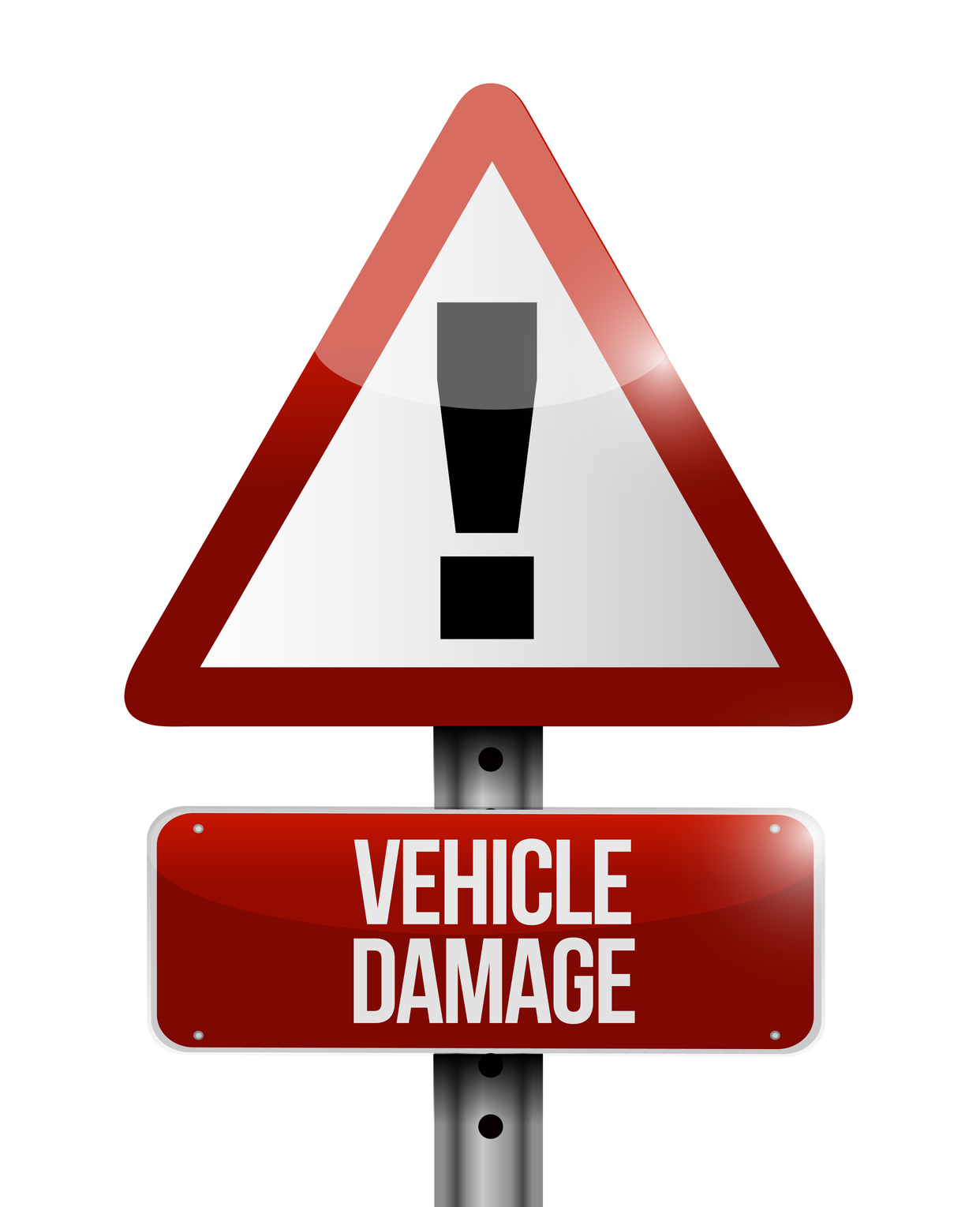 A NEWER VERSION OF THIS ARTICLE IS NOW AVAILABLE. CLICK HERE TO SEE IT.
A NEWER VERSION OF THIS ARTICLE IS NOW AVAILABLE. CLICK HERE TO SEE IT.
It’s now becoming fairly common knowledge that many car insurance policies incorporate New-For-Old cover for a brand new vehicle until it reaches 12 months old. In principal this means that if your car is declared a Total Loss (written off) and is less than 12 months old at the time of loss, the Motor Insurer will attempt to physically replace your vehicle with a brand new version of the same (or nearest equivalent) vehicle at the time of loss.
On face value, this is of course great. It means less hassle for you because you don’t have to get embroiled in an argument about what your car is worth when faced with a low value placed upon the car by the insurer.
Are All New-For-Old Schemes The Same?
Sadly, no. We’re noticing a trend amongst Motor Insurers that would appear as though they’re making it more difficult for people to qualify for a new replacement vehicle in the event of a Total Loss. The issue is that they’re introducing two different thresholds in terms of the cost of repairing damage to the vehicle… the first (lower) threshold is in relation to the how the cost of repair compares to the current Market Value of your vehicle at the time of loss, whilst the second (higher) threshold is in relation to how it compares to the manufacturer’s list price for a brand new version of the same (or nearest equivalent) vehicle at the time of loss.
To clarify, it’s somewhat normal practice and most people accept that if the cost of repairing damage to your vehicle exceeds 50-60% of what your car is worth at the time of incident, the Motor Insurer will likely declare your car to be a Total Loss. In the not too distant past, with some insurers it was a case of replacing the vehicle New-For-Old if the vehicle also happened to be less than 12 months old at this time.
These days however we’re seeing more frequently that in order to qualify for a New-For-Old replacement vehicle from the Motor Insurer, the cost of repairing damage to your vehicle would have to exceed 60% of the manufacturer’s list price of the brand new version of the same (or nearest equivalent) vehicle on sale at the time of loss.
What Does This Mean?
Consider… after an incident your car has been valued at £20,000 (A) by your Motor Insurer, but the manufacturer’s list price of a brand new version of your car might be (for example) £25,000 (B).
Assuming your Motor Insurer will declare your vehicle to be a Total Loss if the cost of repairing your vehicle will exceed 60% (this varies between companies) of what your car is worth (A), the cost of repair would have to be in excess of £12,000 (60% of A) for the vehicle to be declared a Total Loss. However if they’ll only provide you with a New-For-Old replacement vehicle if the cost of repairing your vehicle will exceed 60% of the manufacturer’s list price (B) of the brand new equivalent vehicle at the time of loss, in this example the cost of repair would have to be in excess of £15,000 (60% of B).
This means that it’s entirely feasible that an incident within the first 12 months could lead to your vehicle being declared a Total Loss but (subject to the sums involved) not quite eligible for New-For-Old cover to step in and replace your vehicle with a new one, in which case despite having a Motor Insurance policy that offers New-For-Old cover you end up with a policy that pays out just the Market Value of your vehicle.
What If A New Vehicle Is No Longer Available?
Well that’s the other thing to consider too. New-For-Old schemes will say that they’ll replace your vehicle with a brand new one so long as one is available to them. If one of the same (or nearest equivalent) vehicles is not available at the time of claim, the Motor Insurer will revert to a cash-payout which, as ever, varies considerably from one insurer to another. In our experience, it would appear that there are three possibilities:
- The Motor Insurance pays out a lump sum equivalent to the manufacturer’s list price for replacing the vehicle with a brand new equivalent.
- The Motor Insurance pays out a lump sum equivalent to the original invoice price that you bought the car for.
- The Motor Insurance pays out a lump sum equivalent to what your car was worth (based on it’s age, mileage etc) – aka “Market Value” – at the time of claim.
A Real World Example
As it happens, during the time that it’s taken me to type thus far, I received a call from someone who’s Motor Insurance is with SAGA. They’d been told that the SAGA policy covered them on a New-For-Old basis for the first two years. Looking up the SAGA Motor Insurance policy booklet (see here), it includes the following in relation to “New-For-Old” cover:
4. New vehicle benefit
If your vehicle is stolen and not recovered or is damaged and the cost involved in the repair will be more than 60% of the manufacturer’s list price (including vehicle tax and VAT) at the time of the loss or damage we will replace your vehicle with a new vehicle of the same make and model.
We will only do this if a replacement vehicle is available.
We will only replace your vehicle if you and any other known interested parties agree. The vehicle being replaced will become our property.
If we cannot obtain a replacement vehicle of the same make and model we will pay you the market value of your vehicle and its fitted accessories and spare parts at the time of the loss or damage.
[Page 10] (We’ve highlighted and underlined the concerning bits)
What their policy doesn’t state is how (in the event that your car is damaged) they will go about determining your vehicle to be a Total Loss in the first place. So the first question would have to be whether it’s possible for the car to be declared a Total Loss if the repair bill was a figure lower than 60% of the manufacturer’s list price for an equivalent vehicle at the time of loss and if so, what is that threshold?
It does clearly go on to say however that in the event that a replacement vehicle is not available, they’ll only pay you the Market Value of your vehicle that was written off – which means you only get paid what your car was worth based on how old it was and what mileage it had travelled. Compare this then to for example, the Tesco Car Insurance policy (see policy booklet here) in which they state:
If we cannot replace the car with one of the same make, model and specification, we will pay the most recent new list price, including VAT (where appropriate), for that specification of car.
[Page 18]
Clearly, the Tesco policy in this respect is superior to that of the SAGA policy because unlike SAGA (who’ll only pay you what they think your car is worth), if a physical replacement vehicle isn’t available at the time of claim, they’ll pay you a sum equivalent to the manufacturer’s list price. In this respect, the Tesco policy provides you with New-For-Old cover along with a Replacement GAP insurance safety-net if they cannot source a vehicle. However the SAGA policy provides New-For-Old cover and just “normal” Market Value cover as a backup plan.
GAP Insurance: To Defer Or Not Defer
In its most basic form, the theory is that if you have New For-Old cover with your Motor Insurance policy you wouldn’t need to have GAP insurance in place in the first year. Whilst in many cases this is true, New-For-Old schemes offered by some Motor Insurers are going to be particularly difficult to qualify for.
If you’ve thoroughly checked your Motor Insurance terms and conditions and verified that you not only have New-For-Old cover but you’re also comfortable that it entirely and suitably covers you in the first year, we’ll permit you to defer the start date of one of our GAP insurance policies by up to 12 months from when the vehicle was first registered (you must still buy it within the first 6-months though).
This would enable you to still benefit from GAP insurance in the later years whilst avoiding having duplicate cover in the first year.
However… it’s important that you check your Motor Insurance terms carefully before committing to deferring the start date of a GAP insurance policy and to help you with this, we’ve prepared the following questions that you should reference against/with your Motor Insurer:
- If the vehicle is damaged in an accident. At what threshold (in terms of the cost of repair) is the vehicle declared a Total Loss?
E.g. they may say that the they’ll declare the vehicle to be a Total Loss if the cost of repair exceeds say, 50% of the current Market Value of your vehicle.
- At what threshold (in terms of the cost of repair) is the claim eligible for a New-For-Old replacement?
Sometimes there’s an additional threshold such as “if the cost of repair exceeds 50-60% of the cost of buying a brand new version at the time of claim the New-For-Old clause is invoked”.
This is quite important as the difference between this and the first question above, can in theory see the vehicle written off but not quite eligible for a New-For-Old replacement – In which case you’d be needing to claim the difference via a GAP insurance policy.
- What will they do (how will they handle the claim) if they cannot source a physical replacement vehicle?
In our experience, there are three possible scenarios as follows:
- The Motor Insurer pays you a cash-lump sum equivalent to the Manufacturer’s List Price for buying a brand new version of the same vehicle at the time of claim – this would be like having Replacement GAP insurance in the first year.
- The Motor Insurance pays you a cash lump sum equivalent to the price you originally paid to put the vehicle on the road – this would be like having Invoice GAP insurance in the first year
- The Motor Insurance pays you only the Market Value of the car that was written off – this would clearly be like having no GAP insurance in the first year.
Ultimately, you don’t want to be in a position of having deferred the start date of your GAP insurance policy, only for your car to be in an accident within the first year, declared a Total Loss, but not quite eligible for New-For-Old replacement of your vehicle, or, you are eligible, but one isn’t available and your Motor Insurer is only obliged to pay you the Market Value of the vehicle that they’re writing off.
Thank you for reading.
If you require any assistance/guidance on this or any related issue, please don’t hesitate to contact us.
